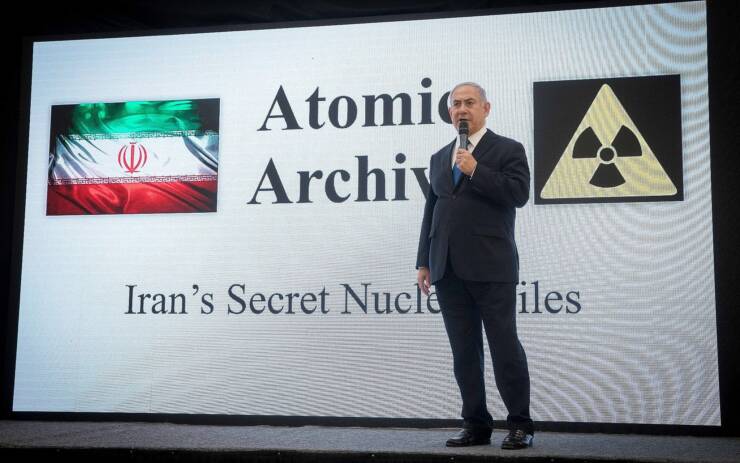
Tel Aviv. Israeli intelligence organizations are “watching very closely” the current pace of the Iranian nuclear program.
The nuclear effort is performed in parallel to an Iranian acceleration of Its long range ballistic missiles program.
Israeli intelligence believes that from the moment Tehran decides to break out to a nuclear bomb, it will take it two years to complete the process.
According to the Israel Defense Forces (IDF) Intelligence estimate, as published in an interview with the outgoing head of its research division, from the moment of a breakout decision, Iran will be two years away from a bomb.
In a new research published by the Israeli institute for national security studies (INSS), Amos Yadlin, the head of the Institute and Ephraim AsculaiIf, s senior researcher, ask how is it possible that in the current situation in Iran, given that its centrifuges today are more efficient than five years ago, and that since 2019 it has enriched uranium beyond what is allowed under the agreement and has already accumulated more than eight times as much material as allowed in the agreement, it is still so far from a bomb?
“A partial answer to the question is that as of November 2020, some of the advanced centrifuges were installed but are not yet fed by uranium gas, i.e., some are installed and some are still in development/ production. And the fuller answer is that in the past, the time to the bomb was calculated up to the fissile material accumulation, while today some add to uranium enrichment the setup of the nuclear explosive mechanism, essential for the production of the weapon itself.
The researchers offer three possible scenarios:
The pessimistic one: The explosive mechanism development occurs in parallel with enrichment to a military level. Most of the components for the weapon system have been secretly developed and the additional extra time required to develop the weapon is three months. Iran has at least 1,000 advanced centrifuges that estimate the enrichment of the quantity required to produce a single core (SQ) as three months. In this case, it is estimated that Iran could develop a bomb within four to six months of its decision.
The probable scenario: The development of the weapon has not been completed, but is at an advanced state and will take about six months, and only three months of which are in parallel to complete the enrichment. Iran has no active advanced centrifuges, and it will be three months before these are activated and the others installed.
The two researchers offer also an optimistic scenario: Due to a cautious approach to weaponization, the time required to develop the weapon is one and a half years; it occurs after the SQ is attained (by first-generation operational centrifuges only), which requires half a year. In this case, the time to the bomb is two years. This assessment, which is extreme, is based on an intelligence concept (relatively strong but risky) that Iran has not dealt with weaponization since 2003.
These assessments do not take into account political moves such as an Iranian withdrawal from the Nuclear Non-Proliferation Treaty (NPT), which requires three months from the moment of declaration until actual application. But it is likely that this procedure will not interest Tehran, if it decides to break out to a bomb.
In conclusion, it remains to be seen whether there is a justification for an optimistic assumption, based on the assessment that Iran has suspended the activities on nuclear weapons and trials to advance its components – all very significant aspects of the nuclear project.
It is therefore advisable to rely on the reasonable scenario, which posits an addition of about three months beyond the end of the uranium enrichment and about eight months to a maximum of one year from the decision to break out to the bomb until the completion of the first bomb. Beyond this discussion, the actual enrichment of uranium in significant quantities to the level of 20 per cent will require a comprehensive reassessment of the schedule of the Iranian nuclear weapons project.
-The writer is an Israel-based freelance journalist








